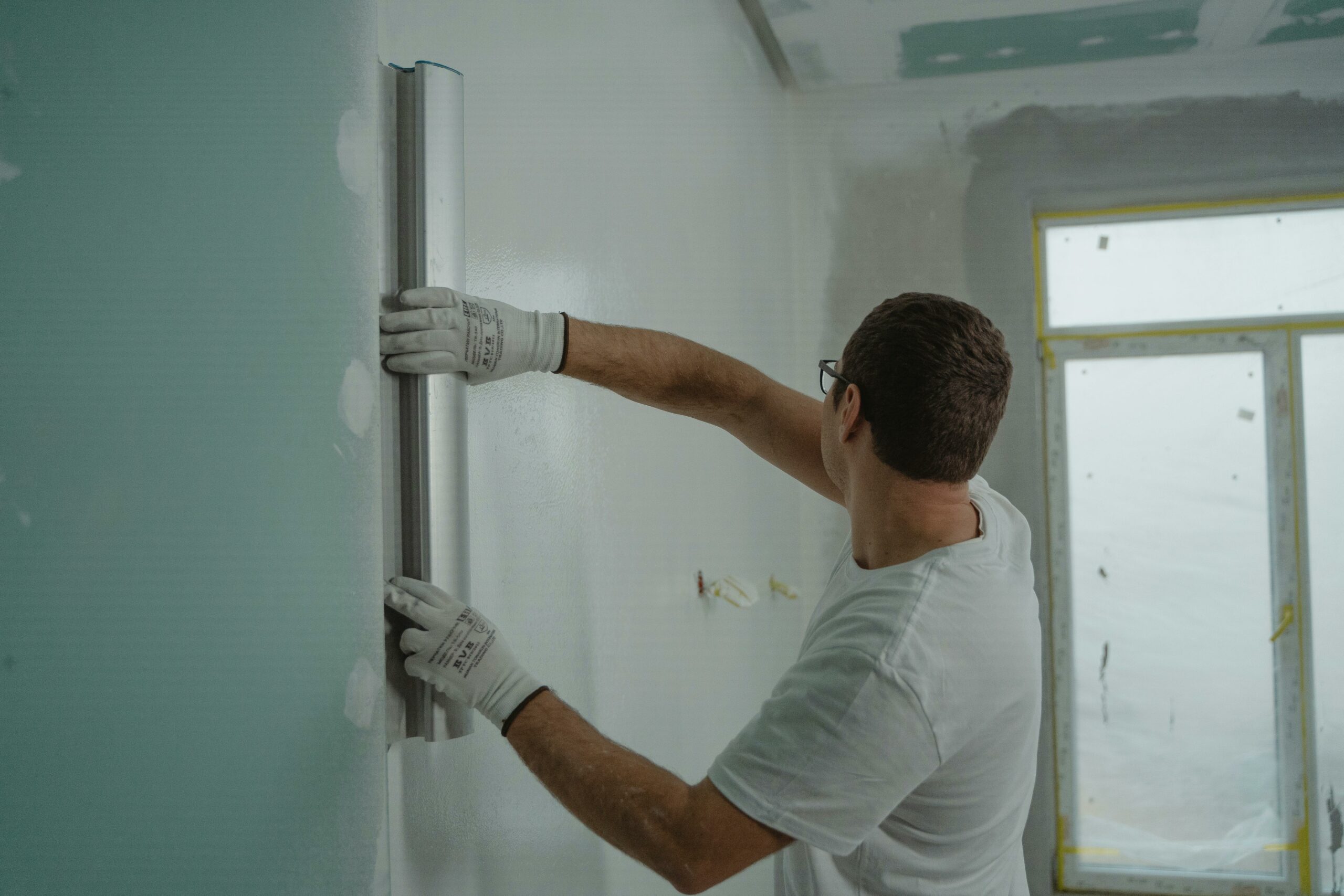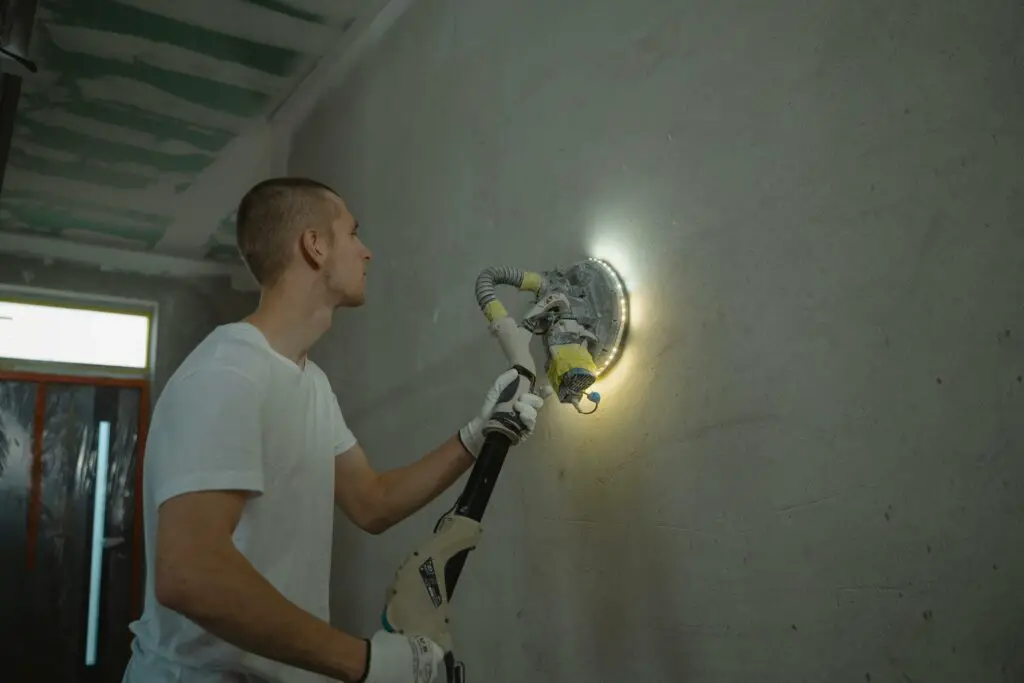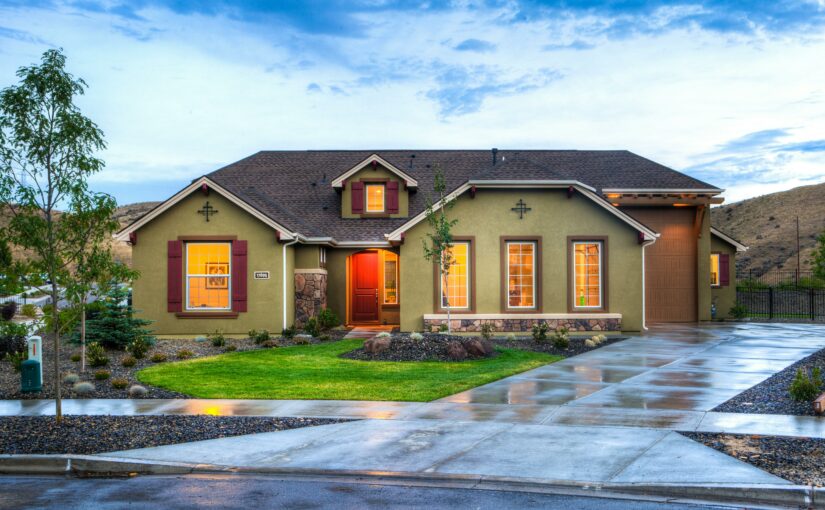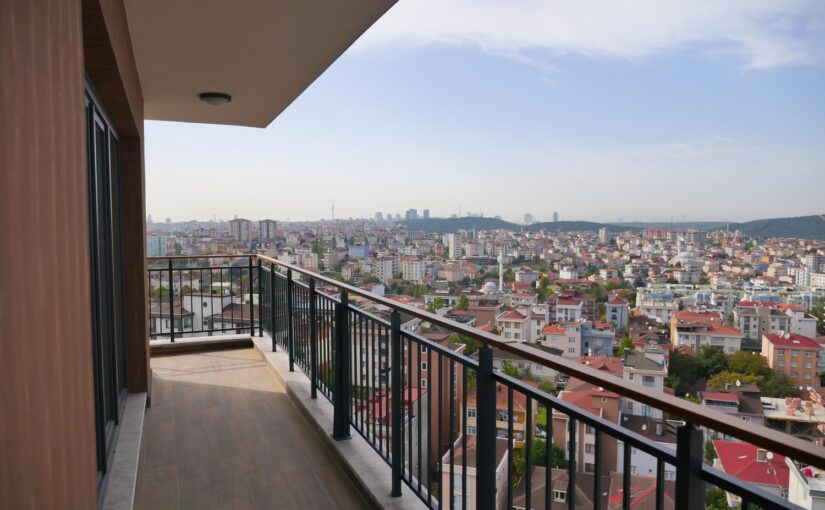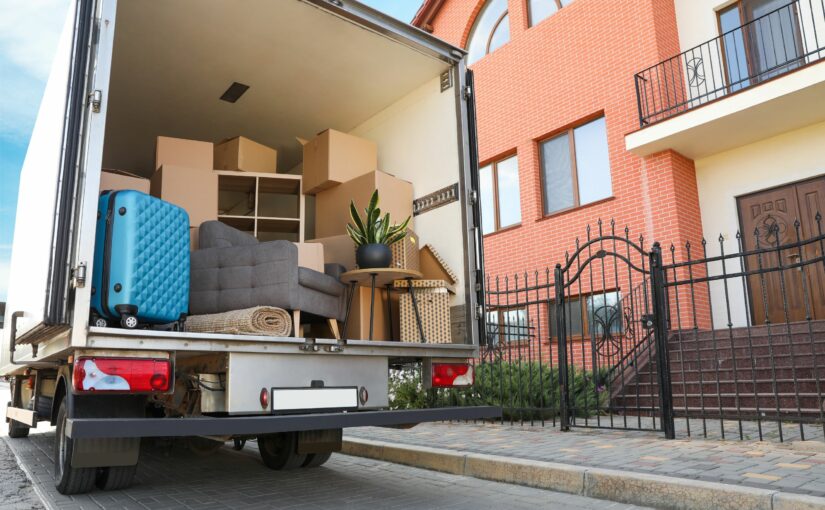Dreaming of waking up to serene water views without emptying your bank account? You’re not alone. Many people crave that lakeside tranquility, but the high prices in popular waterfront areas can be a major hurdle. The good news? There are plenty of hidden gems across America where you can find cheap houses America has to offer by the water. Let’s explore how you can snag a waterfront deal without breaking the bank, and discover some underrated spots that might just be your perfect match.
Why Choose a Less-Traveled Waterfront Location?
When you think of lakefront living, places like Lake Tahoe or the Great Lakes might come to mind. While these areas are undeniably beautiful, their popularity drives up property prices. By looking beyond these well-trodden paths, you can uncover affordable waterfront properties that still offer stunning views and peaceful environments.
Benefits of Exploring Off-the-Beaten-Path Locations
- Lower Prices: Less demand means more affordable housing options. You can often find cheap houses America offers in these areas.
- Less Crowded: Enjoy the tranquility of a quiet lake without the hustle and bustle of tourist hotspots.
- Unique Communities: Smaller or less-known lakes often have tight-knit communities with their own unique charm and local traditions.
- Potential for Growth: Emerging waterfront areas might see property value increases as more people discover their appeal.
By broadening your search, you open up a world of possibilities that balance affordability with the dream of lakeside living.

Top Hidden Waterfront Spots in America
Ready to look into some specific locations? Here are a few underrated areas where you can find affordable waterfront homes:
1. Lake Livingston, Texas
Located just over an hour from Houston, Lake Livingston is one of the largest lakes in Texas. It offers a variety of affordable housing options, from cozy cabins to modest lakeside homes.
- Why It’s Great: Abundant fishing opportunities, boating, and beautiful sunsets.
- Cost Factor: Property prices here are significantly lower compared to more famous Texas lakes like Lake Travis or Lake Austin.
2. Lake Cumberland, Kentucky
This expansive lake is perfect for those who love water sports and outdoor activities. With numerous coves and inlets, there are plenty of spots to find a bargain waterfront home.
- Why It’s Great: Excellent for boating, fishing, and hiking, plus, the area has a rich history and friendly locals.
- Cost Factor: Competitive pricing makes it easier to find cheap houses America offers in this picturesque setting.
3. DeGray Lake, Arkansas
Nestled in the Ozark Mountains, DeGray Lake combines stunning natural beauty with affordability. The surrounding area is perfect for nature enthusiasts and those seeking a peaceful retreat.
- Why It’s Great: Hiking trails, wildlife viewing, and a serene environment.
- Cost Factor: Real estate prices are quite reasonable, especially compared to other lakes in the region.
4. Lake Monroe, Indiana
Just a short drive from Indianapolis, Lake Monroe is Indiana’s largest lake. It’s an ideal spot for families and retirees looking for affordable waterfront living close to a major city.
- Why It’s Great: Proximity to Indianapolis means access to urban amenities while enjoying lakeside tranquility.
- Cost Factor: Property prices are lower than those of nearby lakes, offering great value for your money.
5. Lake Erie Islands, Ohio
For a unique waterfront experience, consider the Lake Erie Islands. From Put-in-Bay to Kelleys Island, there are affordable housing options with beautiful lake views and a relaxed island vibe.
- Why It’s Great: Charming island communities, water sports, and vibrant local culture.
- Cost Factor: Compared to other popular islands in the U.S., these islands offer more affordable real estate options.

Tips for Finding Cheap Waterfront Homes
Finding a cheap house America offers by the water requires a bit of strategy. Here are some tips to help you land that perfect waterfront property without overspending:
1. Expand Your Search Area
Don’t limit yourself to the most popular lakes. The more flexible you are with location, the better your chances of finding affordable options. Look into smaller lakes or those further from major cities.
2. Consider Fixer-Uppers
If you’re handy or willing to invest some time and effort, buying a fixer-upper can be a great way to secure a cheaper waterfront home. Renovations can be tailored to your budget and taste, increasing the property’s value over time.
3. Stay Alert for Foreclosures and Auctions
Sometimes, the best deals come from properties that are in foreclosure or up for auction. Keep an eye on local listings and be prepared to act quickly when you find a promising property.
4. Work with a Local Real Estate Agent
A knowledgeable local agent can be invaluable. They know the market, can alert you to new listings before they hit major websites, and can negotiate better deals on your behalf.
5. Be Flexible with Your Requirements
You might need to compromise on certain features, like the size of the property or its exact location on the lake. Being flexible can open up more affordable options that still meet your essential needs.
6. Research Financing Options
Explore different financing options that might make your purchase more affordable. Some lenders offer special terms for waterfront properties, or you might qualify for government-backed loans that reduce your down payment or interest rates.
Understanding the Costs Beyond the Purchase Price
While finding a cheap house America offers by the water is exciting, it’s important to consider the additional costs that come with waterfront living. Here’s what to keep in mind:
1. Maintenance and Repairs
Waterfront properties often require more maintenance. From erosion control to managing vegetation, these extra tasks can add to your ongoing costs. Make sure to budget for regular upkeep to keep your property in top shape.
2. Insurance
Insurance for waterfront homes can be pricier due to the increased risk of flooding, storms, and other water-related damages. Shop around for the best rates and consider additional coverage if necessary.
3. Utilities and Infrastructure
Depending on the location, you might need to invest in additional utilities like septic systems or well water. Ensure that your property has reliable access to electricity and internet, especially if it’s in a more remote area.
4. Permits and Regulations
Waterfront properties are often subject to stricter regulations. You might need permits for building, altering structures, or even certain types of landscaping. Familiarize yourself with local laws to avoid any legal headaches down the road.
5. Property Taxes
Waterfront properties can sometimes carry higher property taxes. Check with local tax authorities to understand how your waterfront home will impact your annual tax bill.

Making the Most of Your Waterfront Property
Once you’ve secured your affordable waterfront home, it’s time to make it truly yours. Here are some ideas to enhance your lakeside living experience:
1. Create Outdoor Living Spaces
Take advantage of the natural beauty by setting up outdoor furniture, a fire pit, or even a barbecue area. These spaces are perfect for entertaining friends or simply relaxing with a good book.
2. Enhance Your Landscaping
Use native plants that thrive in your local climate and require minimal maintenance. Consider adding a garden, a small dock, or pathways to make your property more functional and attractive.
3. Invest in Water Activities
If you love water sports, consider investing in equipment like kayaks, paddleboards, or a small boat. Having easy access to the water can make your waterfront home even more enjoyable.
4. Build a Shelter or Gazebo
A sheltered area can provide a great spot to enjoy the view while staying protected from the elements. It’s also a fantastic addition for gatherings and outdoor meals.
5. Improve Your Home’s Energy Efficiency
Waterfront homes can be subject to extreme weather conditions. Enhancing your home’s insulation, installing energy-efficient windows, and using sustainable materials can help keep your living space comfortable year-round.
Potential Return on Investment
Investing in a cheap house America offers by the water can yield significant returns. Here’s how:
1. Appreciation of Property Value
As more people discover and move to these hidden waterfront gems, property values can increase. Your initial investment could grow substantially over time.
2. Rental Income Opportunities
If you’re not using your waterfront property year-round, consider renting it out. Vacation rentals can provide a steady income stream, helping offset your mortgage and maintenance costs.
3. Personal Enjoyment and Lifestyle Benefits
Beyond financial gains, owning a waterfront home offers priceless benefits like peace of mind, relaxation, and the joy of living close to nature. These intangible benefits can greatly enhance your quality of life.
Action Steps to Find Your Affordable Waterfront Home
Ready to embark on your search for a cheap house America offers by the water? Here’s a quick roadmap to get you started:
- Define Your Budget: Determine how much you’re willing to spend, including additional costs like maintenance and insurance.
- Research Potential Locations: Look into the hidden waterfront spots mentioned earlier and explore other lesser-known areas.
- Connect with Local Agents: Find real estate agents who specialize in waterfront properties in your chosen regions.
- Start Viewing Listings: Use online platforms, attend open houses, and visit local real estate offices to find potential homes.
- Evaluate Each Property: Consider factors like accessibility, utilities, and local regulations before making a decision.
- Secure Financing: Explore your financing options and get pre-approved for a mortgage to strengthen your purchasing power.
- Make an Offer: Once you’ve found the perfect waterfront home, work with your agent to make a competitive offer.
- Close the Deal: Complete all necessary inspections, secure your financing, and finalize the paperwork to make your waterfront dream
Linking to Your Previous Insights
If you’re exploring how to make the most of your land investments, don’t miss our earlier post on From Fields to Getaways: Unique Ways to Make Your Land Investment Work for You. It’s packed with creative ideas that can complement your new waterfront lifestyle, whether you’re looking to generate income or create a serene personal retreat.
Final Thoughts
Finding a cheap house America offers by the water is entirely possible with the right approach and a bit of patience. So, by exploring less-popular lakes, staying flexible with your requirements, and being mindful of additional costs, you can achieve the dream of lakeside living without the hefty price tag. Imagine drinking your morning coffee with a panoramic view of the water or unwinding by a tranquil sunset after a long week.
Let’s start your search today, keep an open mind, and you might just discover the perfect affordable waterfront home in an unexpected corner of America. Enjoy your hunt for the best waterfront deals!

